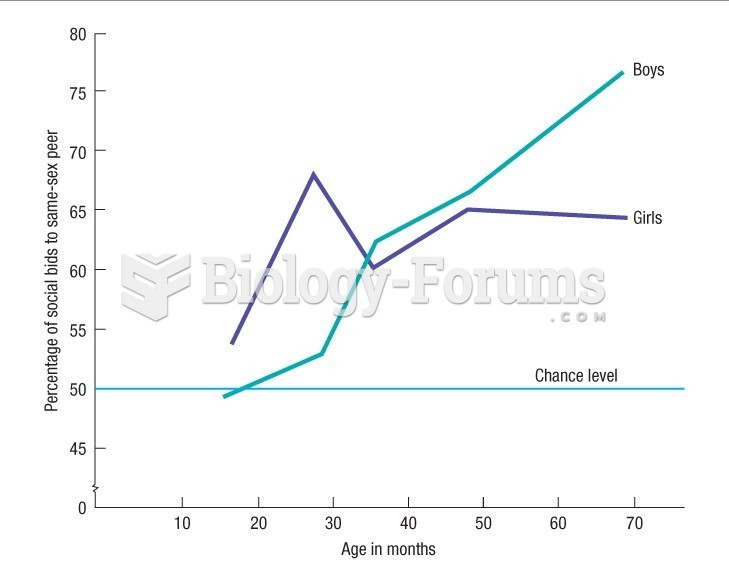Answer to Question 1
Researchers attempting to explain children's food preferences encounter many contradictions. Children say they like colorful foods yet most often reject green and yellow vegetables while favoring brown peanut butter and white potatoes, apple wedges, and bread. They do like raw vegetables better than cooked ones, though, so it is wise to offer vegetables that are raw or slightly undercooked, crunchy, and bright in color. They should be warm, not hot, because a child's mouth is much more sensitive than an adult's. The flavor should be mild (a child has more taste buds), and smooth foods such as mashed potatoes or pea soup should have no lumps (a child wonders, with some disgust, what the lumps might be).
Answer to Question 2
Treatment of obesity must consider the many aspects of the problem and possible solutions. The main goal of obesity treatment is to improve long-term physical health through permanent healthy lifestyle habits. The most successful approach integrates diet, physical activity, psychological support, and behavioral changes. As a first step, the Expert Committee recommends that overweight and obese children and their families adopt the same healthy eating and activity behaviors for obesity prevention. The goal for overweight and obese children is to improve BMI. If the child's BMI does not improve after several months, the Expert Committee recommends increasing the intensity of the treatment. The level of intensity depends on treatment response, age, degree of obesity, health risks, and the family's readiness to change. Advanced treatment involves close follow-up monitoring by a health care provider and greater support and structure for the child.







